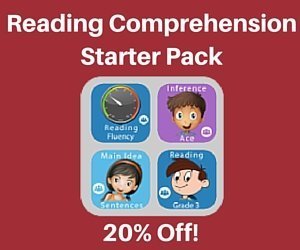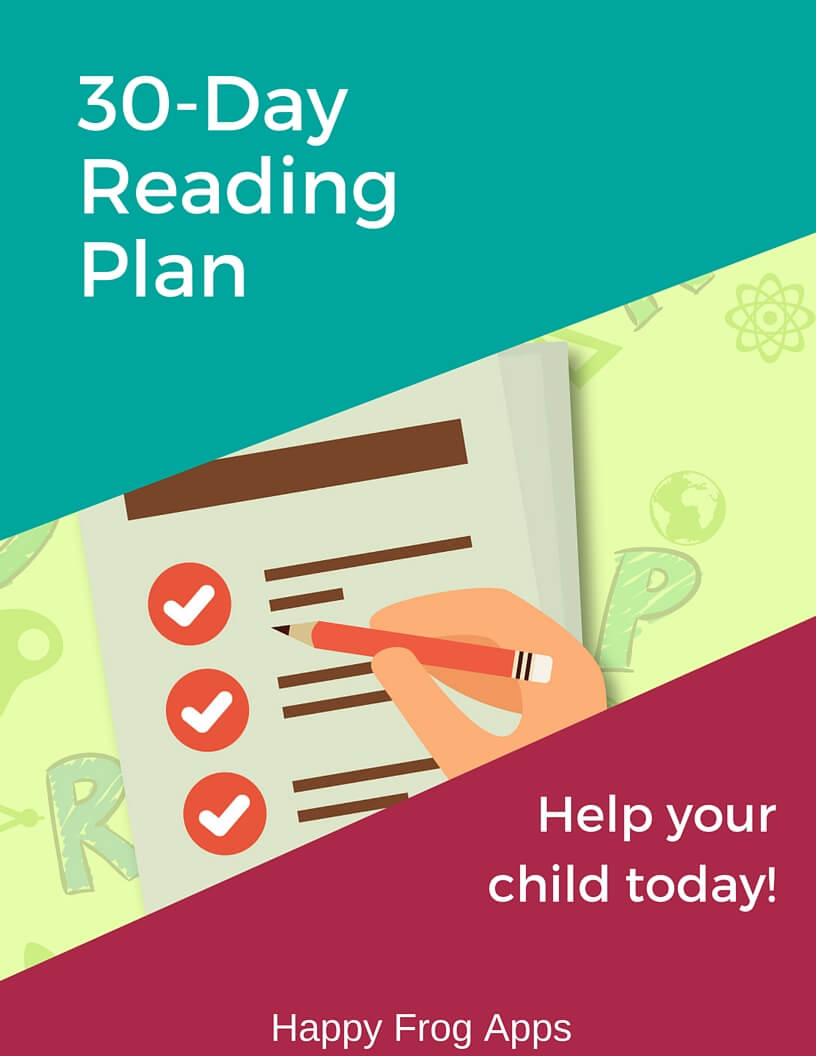Category: Learning Strategies
How to Improve Reading Fluency for Better Comprehension
Reading fluency is SO important!
If your child’s reading isn’t fluent, you can’t expect comprehension. Your child will be too busy decoding and pronouncing the words to even think about meaning!!
Our fluency app allows you to help your child reach the reading fluency they need for their grade level (up to mid Grade 5!)
Here’s some more handy advice for improving reading fluency. The more ways you target a skill, the quicker you will see improvement!
This great video comes from GreatSchools.org
7 Tips For Choosing A Learning App For ASD Kids
Every parent wants the best for their child. And so we often seek out fun, educational apps to help our children with the challenges of school and life. There are many great apps available, but when you have a child with autism, there are some additional features you need to look for when choosing an app.
Here are 7 important criteria to use when selecting a learning app for your child.
1. Look for a non-distracting background
Many children with autism cannot differentiate important from unimportant visual information. So if an app has a busy background or crowded screen, your child may not know where to put their attention. Simplify their task by choosing an app that has a simple, uncluttered interface.
This might seem like a no-brainer, but when you start looking, you’ll be amazed at how many apps have REALLY interesting backgrounds! Lovely to look at…but not great for learning for ASD kids.
2. Getting the correct answer is the most rewarding action
With many ASD kids, you can’t rely on an inherent motivation to ‘get things right’. They simply aren’t motivated by the same things as typical kids.
When considering learning apps, you need to make sure that choosing the correct answer is more fun than choosing the incorrect answer. Amazingly, many apps get this wrong. They’ll have crazy, fun sounds for every wrong answer. Guess what, many ASD kids will now spend all their time choosing the wrong answer. That’s not great for learning!
3. Choose apps that target a specific skill
Many special needs kids have a patchwork of strengths and weaknesses. You can make the most of their learning time by choosing apps that focus on a specific weakness. Instead of choosing a reading app, choose one that focuses on inference, then one that focuses on ‘main idea’. Target specific skills and work on them until they are strong.
Don’t spend too much time on general apps. Time spent on a skill that is already strong could instead be spent working on a weaker skill.
4. Look for good reporting
Good reporting tells you many things. It will show you your child’s successes so that you can celebrate milestones with your child. Good reporting can also show you if an app has become too easy or too difficult for your child.
Look for an app that can tell you:
- What your child is doing best at
- What your child is struggling with
- What milestones your child has recently reached
- How fast or slow your child is progressing.
Since learning time is precious for a special needs child, this information will allow you to be confident that your child is progressing appropriately and that learning time is not being wasted.
5. Look for information presented in a variety of ways: visual, audio, text
Different children learn in different ways. Make sure learning apps include visual, audio and text so your child can access the information regardless of their specific learning style.
6. Look for appropriate incremental difficulty
Apps should start easy and get harder. Seems simple, but again many apps drop the ball on this. They either start too easy, make huge leaps, or target so wide an age range that only a few levels are possible for your child — and that’s no fun. Give your child the satisfaction of completing all the levels of an app!
Choose an app that is easy enough for your child to start and has reasonable goals for him or her to reach.
7. Make sure there is play time
Learning new skills is hard, no matter how you dress it up. Make sure the apps you choose have built-in rewards for hard work. This may be a fun game to play or a shop where earned coins can be spent.
Another handy feature to look for is a reward system that only unlocks after a specific amount of learning work. This means your child can work independently — kids love this — but you can be confident that they are not spending all their time playing in the shop.
If you use these criteria to choose an app for your ASD child, you can be confident that you are giving them the best opportunity to learn new skills – and they’ll have some fun, too.
Here at Happy Frog Apps, we use these criteria when designing all our reading and math comprehension apps. Our testers include kids with Autism, so we know our apps work for these wonderful minds.
What is Reading Comprehension?
 I read an interesting article recently titled ‘9 Definitions of Reading Comprehension‘
I read an interesting article recently titled ‘9 Definitions of Reading Comprehension‘
The moment I saw the title, I thought to myself…What is MY definitions of reading comprehension?
Since Happy Frog Apps make apps to help with reading comprehension, we probably should be able to define what reading comprehension is!
I began by reading the article, which discusses various ways that teachers define reading comprehension. One of the most comprehensive definitions given was:
Comprehension is a dynamic process in which information from the text and knowledge possessed by the reader interact to enable the reader to construct meaning before, during, and after reading.
As an educator, I think this definition covers exactly what is needed. It is a great definition for teachers to use because it uses their language and defines precisely the inputs and outputs are. But I felt that it wasn’t quite what was needed for our purposes here at Happy Frog Apps.
To me, the above definition is missing the key part of WHY we want kids to comprehend. I want kids to read so that they can get the JOY of reading. So they can experience the absolute bliss of being caught up in an excellent story, or the thrill or learning something new from a book. To me, comprehension is ALL about the benefit.
So, for my purposes, I have created the following definition:
Being able to comprehend a text means understanding the text enough so that the reader can get pleasure or benefit from the words.
Since our goal is to help kids with reading comprehension, we need to remember that not only do we need to work on the technical skills of reading comprehension, we also need to help our kids discover the joy of reading.
When our kids are grabbing a book because they WANT to and reading with a smile on their face…THAT is when our job is done, not before!
Thanks to Kimberley Tyson for the original thought-provoking article!


